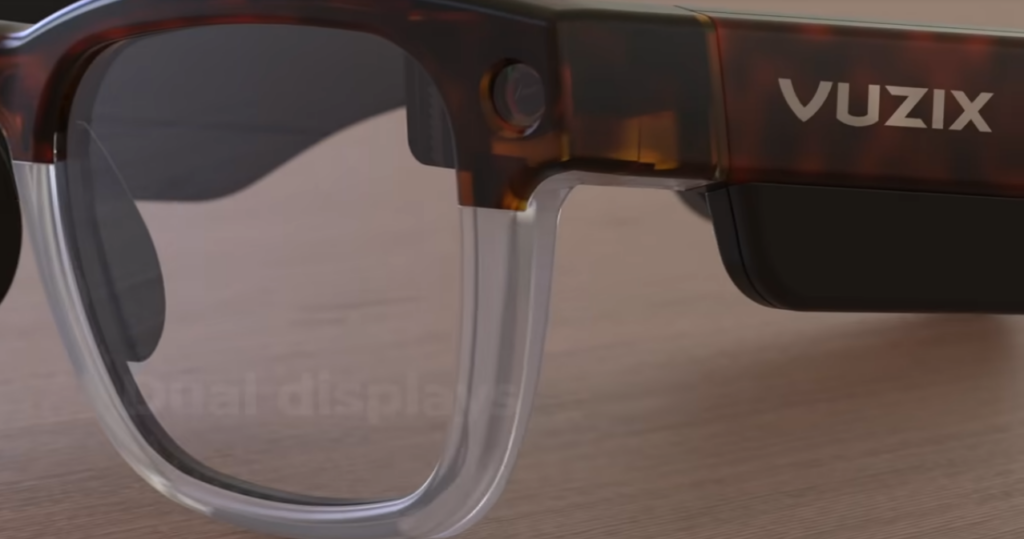Micro-LED driven AR smart glasses

Augmented Reality (AR) glasses are now looking remarkably stylish. Forget bulky Virtual Reality (VR) headsets and piratical Google Glass. Optoelectronics company Vuzix (Rochester, NY) has announced a pair of stereo vision glasses offering a head-up display (HUD) of the smartphone in your pocket. Or car. Or back home, actually. CES 2021 (Jan 11-14), a consumer […]